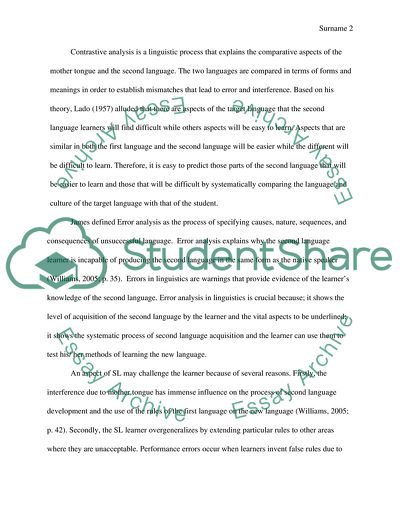Cite this document
(Peculiarities of the English Language Structure Case Study - 2, n.d.)
Peculiarities of the English Language Structure Case Study - 2. Retrieved from https://studentshare.org/english/1791129-langauge-structure
Peculiarities of the English Language Structure Case Study - 2. Retrieved from https://studentshare.org/english/1791129-langauge-structure
(Peculiarities of the English Language Structure Case Study - 2)
Peculiarities of the English Language Structure Case Study - 2. https://studentshare.org/english/1791129-langauge-structure.
Peculiarities of the English Language Structure Case Study - 2. https://studentshare.org/english/1791129-langauge-structure.
“Peculiarities of the English Language Structure Case Study - 2”. https://studentshare.org/english/1791129-langauge-structure.


